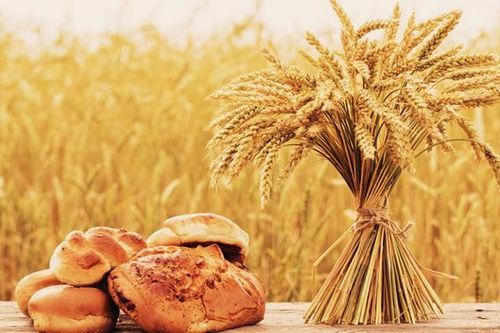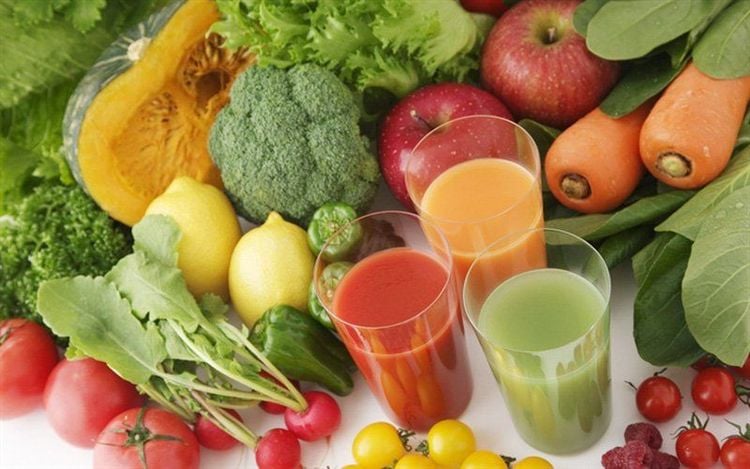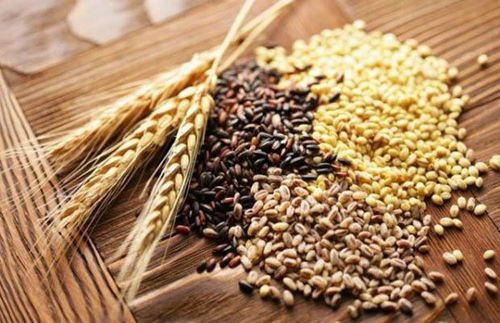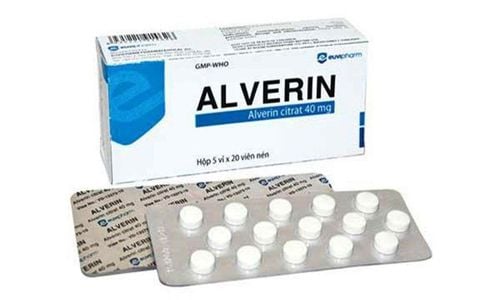This is an automatically translated article.
To follow a gluten-free diet, people need to avoid wheat and certain other grains when choosing ingredients for their meals, in order to maintain a balanced and filling diet. enough nutrients.1. What is gluten?
Gluten is a protein found in most grains. Gluten in wheat, barley, rye and triticale can trigger serious health problems in people. Use if the person has a medical condition or sensitivities.
Although other grains, such as corn, rice, and quinoa also contain gluten, they don't seem to cause the problems that wheat, barley, rye or wheat do. varicose veins are common.
Wheat, rye and barley and the foods made from them are so common, that eliminating them from the diet almost means completely changing the way fiber is obtained, vitamins and other nutrients.
For that reason, knowing how to choose alternative foods is extremely important to ensure nutritional needs. To maintain a complete, balanced diet, consult and get help from your doctor and nutritionist.

Chúng ta có thể tìm thấy gluten trong lúa mì và lúa mạch
2. The Purpose of Following a Gluten-Free Diet
A gluten-free diet is vital and essential in managing the signs and symptoms of celiac disease and other gluten-related medical conditions. In addition, many people follow the gluten-free diet not for medical reasons, but because they believe it can promote health, help with weight loss and increase energy, but the benefits mentioned above needs to be confirmed by more studies.
Celiac disease: Celiac disease is a condition in which gluten triggers the onset of immune activity, causing the lining of the small intestine to be attacked and damaged by the immune system. Over time these lesions interfere with the absorption of nutrients from food. Celiac disease is an autoimmune disorder. Gluten sensitivity but not celiac disease: Causes some of the signs and symptoms associated with celiac disease, including abdominal pain, bloating, diarrhea, constipation, and foggy brain ), rash, headache, although lesions to the small intestine were completely absent. Studies show that the immune system still plays a role in how signs and symptoms occur, but how it happens is unclear. Gluten ataxia: Gluten ataxia is an autoimmune disorder that affects certain nerve tissues and causes problems with muscle control and involuntary muscle movements. Wheat allergy: Similar to other food allergies, the body's immune system may mistake gluten or other proteins found in wheat as pathogens (mistaking them for bacteria, viruses, etc.) ...), from which the immune system produces antibodies, which initiate a cascade of immune responses that ultimately result in congestion, shortness of breath, and other symptoms.
3. Details of the gluten-free diet
To maintain a gluten-free diet, it is extremely important to choose foods, choose ingredients in dishes and understand the ingredients in foods.
3.1 Foods that can be used
There are a variety of naturally gluten-free foods that can be chosen, including:
Green vegetables and fruits. Legumes, sprouts, legumes and nuts in their natural, untreated form. Egg. Unprocessed fresh lean meat, fish, poultry. Most low-fat dairy products. Grains and starches that can be used on a gluten-free diet include:
Amaranth seeds. Cu dong. Buckwheat. Corn, including cornmeal, broken corn, and polenta, are gluten-free. Flax tree. Flours (from rice, soybeans, corn, potatoes, chickpeas) are gluten-free. Hominy tortillas. Millet. Matcha circuit. Rice, and also wild rice. Sorghum (sorghum). Soy bean. Cassava tubers. teff seeds.

Rau xanh và trái cây là những thực phẩm không chứa gluten
3.2 Grains to avoid
Avoid all foods and drinks that contain:
Wheat. Barley. Buckwheat. Small vascular. Oats (oats), in some cases. In fact, oats themselves are a naturally gluten-free food, but in the process of making oats can be mixed with other products such as wheat, barley or rye. Oats and oat-based products, if labeled gluten-free (gluten-free), are guaranteed not to be mixed with other ingredients. However, some patients with celiac disease still cannot tolerate oats even though the product is labeled gluten-free.
3.3 Processed foods often contain gluten
Wheat, barley, and rye besides being common in many foods, they are also standard ingredients used in a number of other products. Wheat or wheat gluten is added for the purpose of filling or binding agent, flavoring agent, coloring agent.
Therefore, it is important to read product ingredients listed on the label to determine if the processed product contains wheat, barley or rye.
Generally, the foods listed below should be avoided, unless they are claimed to be gluten-free on the label, or they are produced from gluten-free corn, rice, soy or other grains:
beer (beer, ale, porter, stout) because they often contain barley. Bread. Bulgur wheat. Types of cakes. Types of candies. Synthetic cereals. Communion wafer. Various types of biscuits and savory cakes. Crouton pies. French fries. Types of sauces. Types of meat, seafood vegetarian imitation salty. Malt, malt flavor and other malt products. Unleavened bread (matzo). Pasta. Sausages and processed meats. Sauces for salads. Mixed snacks. Soups, broths or mixed soups. Articles refer to sources: mayoclinic.org and webmd.com
MORE:
What is Celiac Disease (Gluten Intolerance)? Symptoms and causes Learn about the gluten-free diet Notes in treatment, eating when you have Celiac disease (Gluten intolerance)













